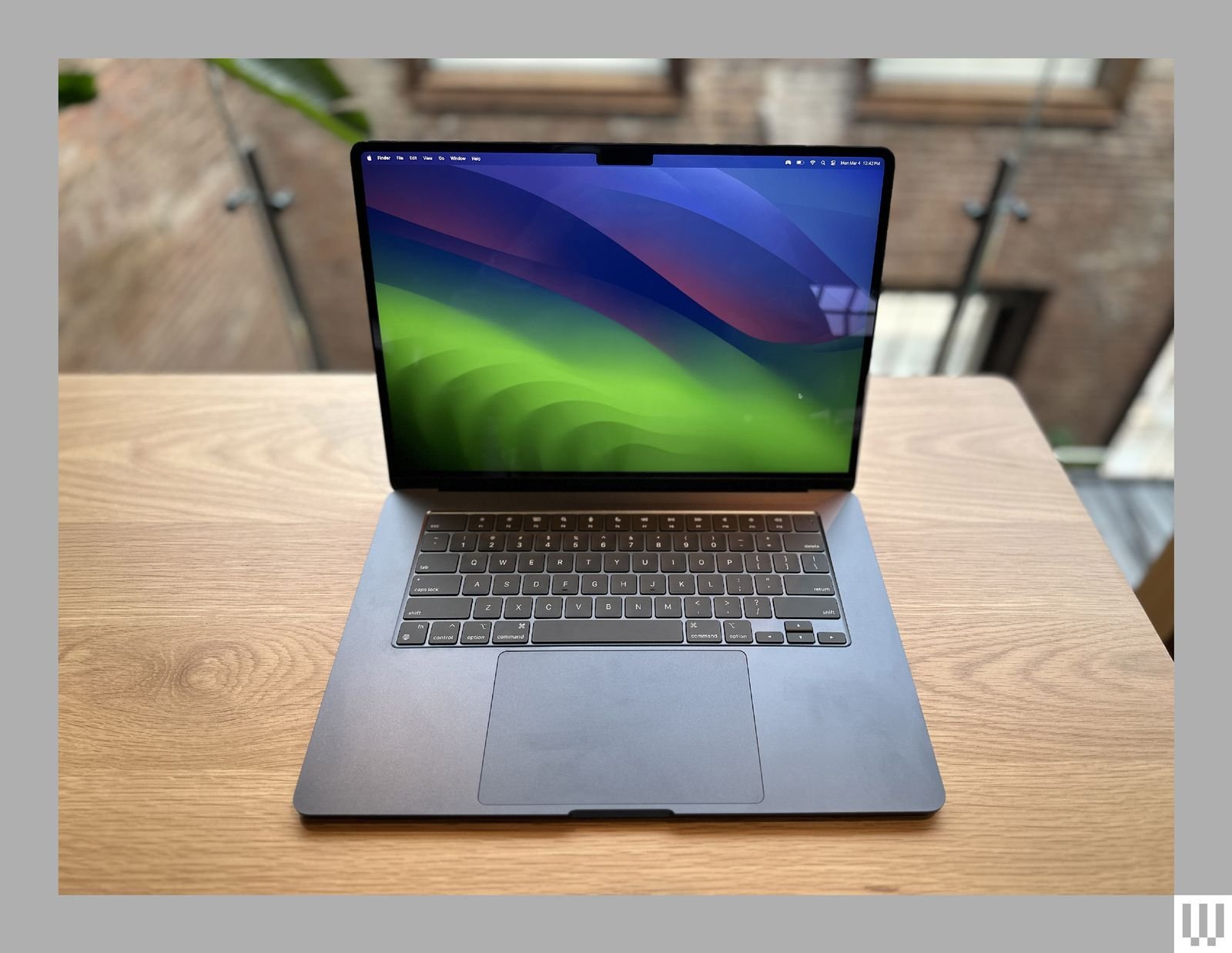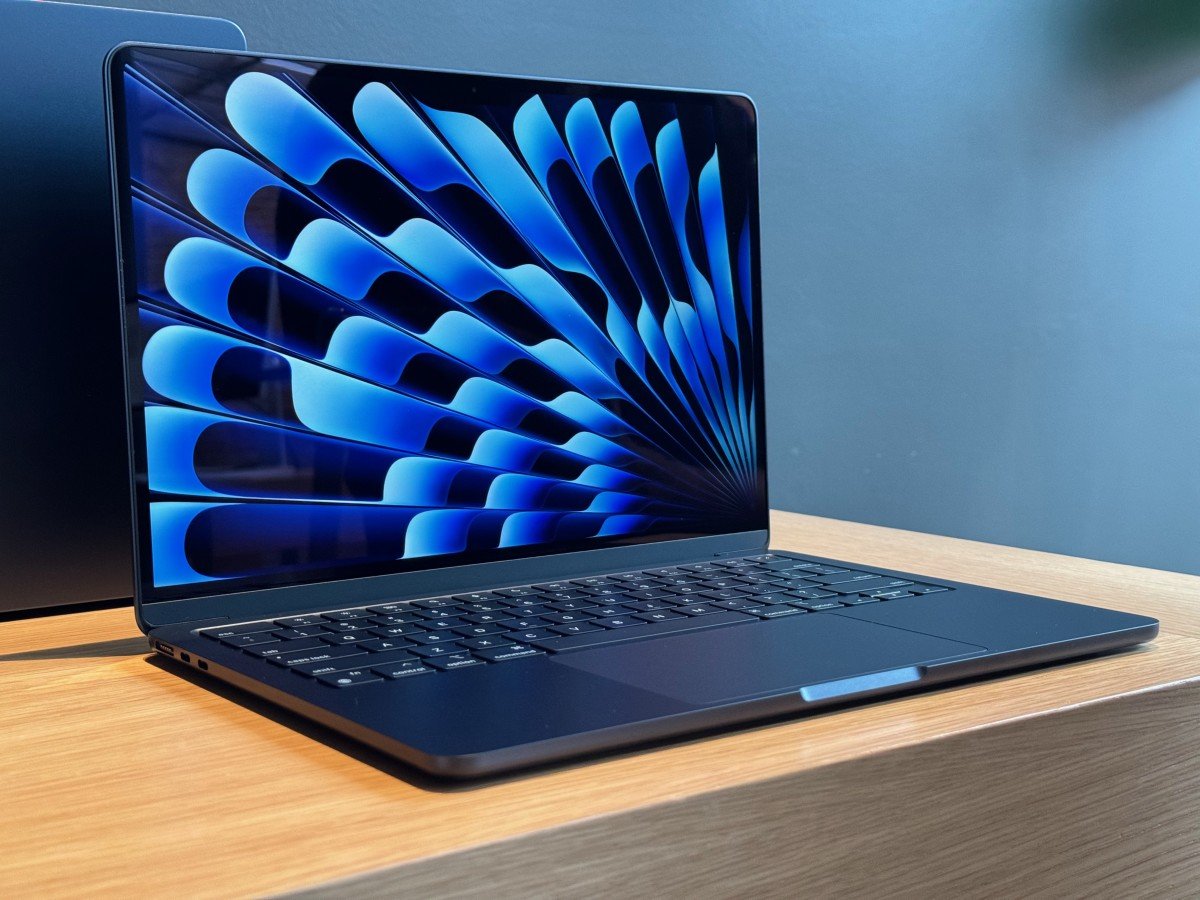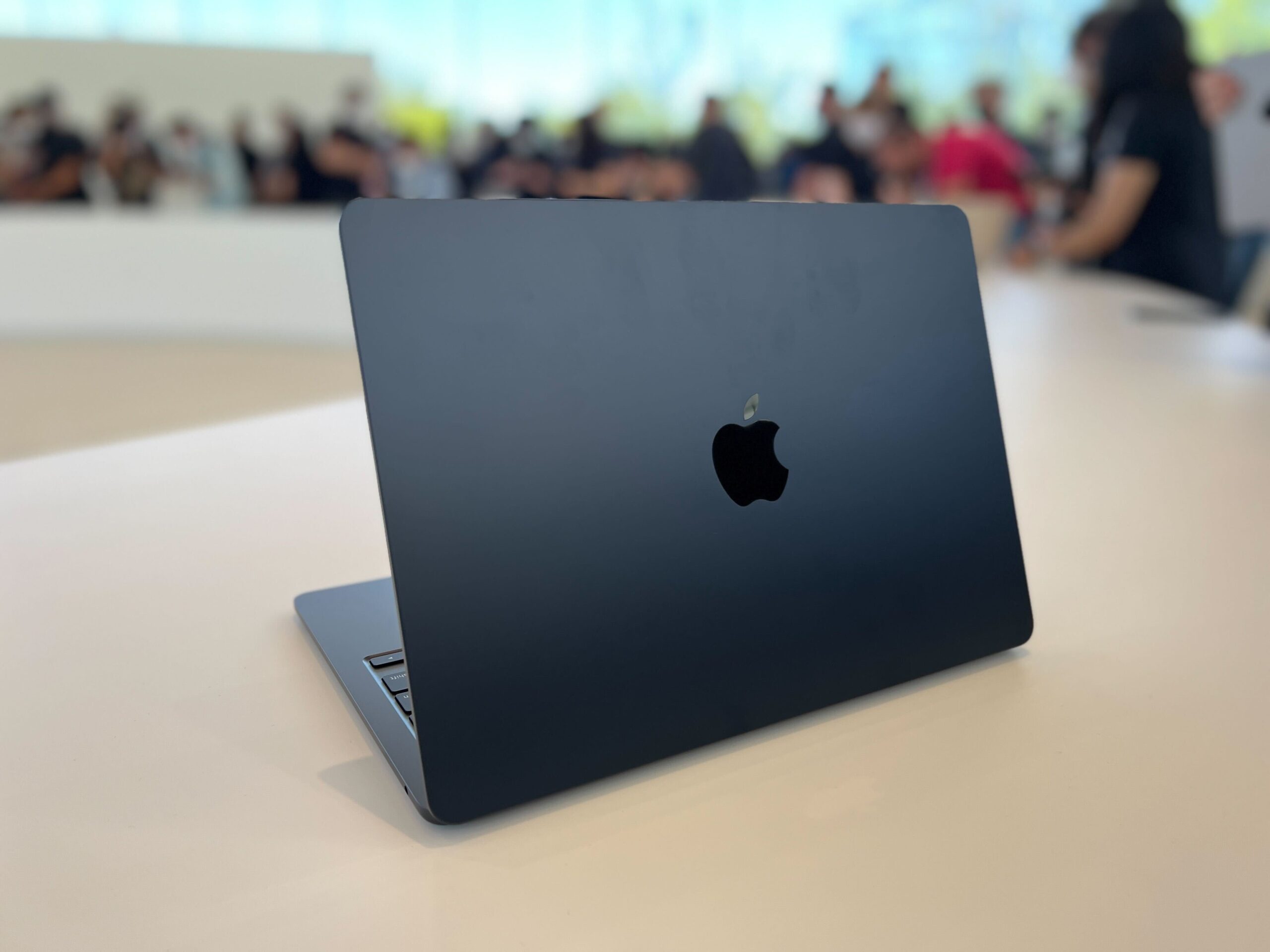The Best Gets Better, But Should You Upgrade? A Review of the MacBook Air M3

The MacBook Air has long been the default laptop for almost everyone, and for good reason. It’s a masterful blend of performance, portability, and premium design. With the M1 chip, Apple started a revolution. The M2 brought a stunning modern redesign. Now, the MacBook Air M3 has arrived. It’s not a revolution or a redesign; it’s a refinement—a calculated move to place the best mobile processor Apple has ever made into its most popular chassis. The question isn’t whether it’s a good laptop—it’s an exceptional one—but rather, who is it actually for?
A Familiar, Flawless Form
Let’s get this out of the way: if you’ve seen the M2 MacBook Air, you’ve seen the M3. The design is identical, and that’s hardly a complaint. The machine is a marvel of industrial design, milled from a single block of aluminum. It feels impossibly thin and light without a hint of flex or creak. The uniform thickness, sharp edges, and sturdy hinge scream quality. Apple did make one subtle but welcome tweak: the Midnight color now features a new anodization seal that significantly reduces the fingerprints that plagued its predecessor. It’s a small detail, but one that daily users will appreciate. The Liquid Retina display remains a highlight—bright, sharp, and beautifully color-calibrated. It may not be an OLED or a high-refresh-rate ProMotion panel, but for this category, it’s near perfect.

The M3 Engine: Quietly Potent

The real story here is the M3 chip. Built on a 3-nanometer process, it delivers tangible performance gains over the M2 and a monumental leap over the last of the Intel Airs. Day-to-day tasks are, as you’d expect, flawless. Apps launch instantly, web browsing with dozens of tabs is seamless, and the entire macOS experience feels incredibly fluid.
Where the M3 flexes its muscles is in more demanding workloads. Editing 4K video in Final Cut Pro is smoother, and compiling code in Xcode is noticeably faster. The upgraded GPU, with its hardware-accelerated mesh shading and ray tracing, even makes some light gaming viable. Titles like Lies of P run surprisingly well, a feat that would have been unthinkable on an Air just a few years ago.
However, the Air’s greatest strength—its fanless design—is also its performance-limiting factor. For sustained, heavy tasks like a 30-minute video export or a long 3D render, the M3 chip will eventually heat up and throttle its performance to stay within a safe thermal envelope. It’s a sprinter, not a long-distance runner. If your workflow involves constant, high-intensity processing, the actively cooled MacBook Pro is still the better tool for the job. For everyone else, the silent, potent performance is more than enough.

Closing the Gaps: Features and Connectivity
Apple has finally addressed one of the most requested features: native support for two external displays. This is a huge win for productivity and brings the Air closer to its “Pro” siblings. There is, however, a significant catch—it only works when the laptop’s lid is closed. You can drive two external monitors, but you can’t use the built-in screen at the same time. It’s a welcome feature for those with dedicated desktop setups, but a curious limitation nonetheless.
Elsewhere, things are as excellent as ever. The Magic Keyboard is a joy to type on, the Force Touch trackpad is the undisputed industry best, and the four-speaker sound system delivers audio that is shockingly full and immersive for such a thin device. The addition of Wi-Fi 6E is a nice piece of future-proofing, ensuring faster and more reliable connectivity on compatible networks.
The Verdict: An Incremental, but Important, Step
The MacBook Air M3 is, without a doubt, the best consumer laptop on the market. It’s powerful, efficient, silent, and beautifully built. But it lives in a complicated context. Apple is still selling the M2 Air at a reduced price, and that machine remains an incredible value proposition, offering 90% of the experience for less money.
So, who should buy the M3? If you’re coming from an Intel or M1 MacBook Air, the upgrade is substantial and absolutely worth it. The performance leap, modern design, and quality-of-life features will feel transformative. New buyers who want the most capable and future-proof ultraportable should also look no further.
However, if you currently own an M2 MacBook Air, stay put. The performance gains aren’t dramatic enough to justify the cost of upgrading. The M3 Air isn’t trying to convince existing M2 owners; it’s here to solidify its position as the undisputed king of thin-and-light laptops, perfecting an already winning formula for the next wave of users.
Where to Buy:
MacBook Air M3 Quick Summary
Key Scores:
- Value: 92%
- Design: 93%
- Performance: 90%
- Quality: 91%
- Popularity: 90%
Top Pros
- ✅ The M3 chip provides remarkably fast and efficient daily performance.
- ✅ Premium aluminum design remains exceptionally thin, light, and durable.
- ✅ Fanless operation ensures the laptop is completely silent during use.
- …
Key Cons
- ❌ The base model’s 8GB of RAM is insufficient for heavy multitasking.
- ❌ Dual monitor support frustratingly requires keeping the laptop lid closed.
- ❌ Its fanless design can lead to thermal throttling under heavy loads.










 Visit Claritypoint.AI
Visit Claritypoint.AI






